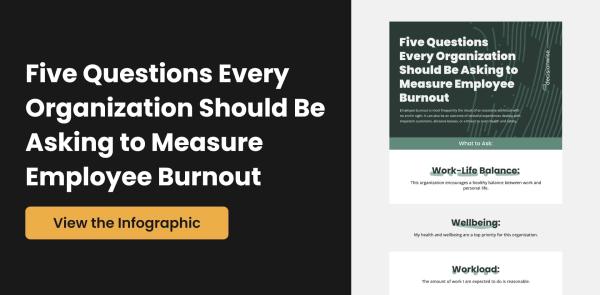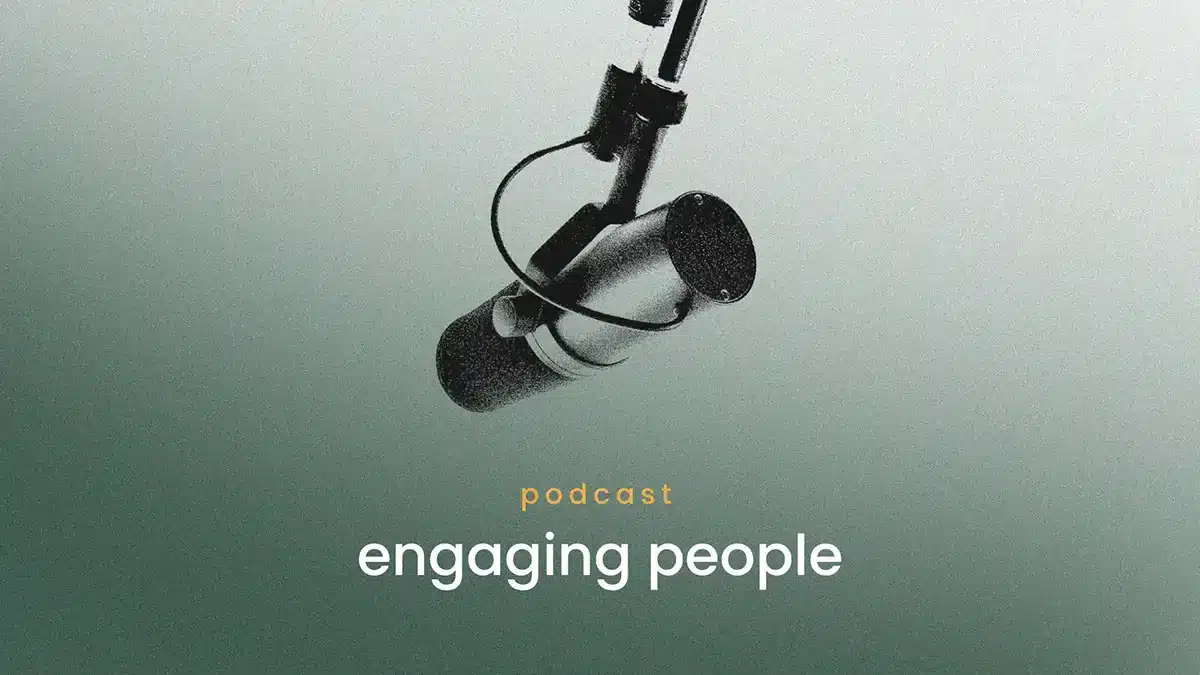Autonomy is the power to shape your work and environment in ways that allow you to perform at your best. Some people feel stifled in their jobs. In fact, 34 percent of employees say they can’t speak up for fear of negative consequences. Autonomy at work doesn’t mean “no rules and free reign.” We all work under guidelines. But when we understand our parameters and have the freedom to do our best work, we are more creative, innovative, passionate, and, ultimately, have higher levels of productivity.
Misconceptions of Autonomy
In my experience, when you talk about autonomy at work to managers or the C-Suite, often they hear anarchy. Increased autonomy certainly isn’t anarchy. We can give people the freedom to choose how to do their best work without completely removing accountability or regulations and process. Those things can still be observed, and in fact should be observed, to create proper autonomy. It’s more about empowering the individual to do their best work.
Trust and Autonomy
Trust is foundational for employee engagement, especially for the autonomy component of engagement. If we don’t trust people, then we are going to micromanage. We are going to always be watching them and trying to control them. We will treat them more like pieces of a machine rather than a whole, complete person, bringing all of their talents and abilities to the role. Micromanagement limits their ability to contribute and stay engaged if trust isn’t found in the workplace.
Intrinsic and Extrinsic Motivational Factors
You can get into a virtuous cycle with autonomy and motivation. In my current role I have a lot of autonomy, and for me, it is very motivating. Basically, the organization is saying, “We trust you to make good decisions, to do good work, and to impress us with your contribution.” It motivates me to step into that space and explore ways to build and grow our business and add value that our clients with our methodologies and thought leadership.
When I step in and contribute, then the organization usually says, “Wow. That’s great. Here is greater autonomy.” And because I get more autonomy, it is more motivating. I want to do more and grow. That freedom, or that trust, that vote of confidence that the organization gives me, actually triggers something inside of me; an intrinsic motivation to contribute, to do more, to explore, and increase productivity. It’s why I love what I do.
The opposite is true. If we restrict workplace autonomy we also limit the invitation to the employee. If we take away some of that freedom to do their best work, we are basically limiting how much we are inviting them to contribute, so we are going to get less out of them. It’s going to be less rewarding for the organization and for the employee.
Autonomy and Accountability
How do we balance autonomy at work with accountability? Getting that balance right is something critical for every manager. Clarity and transparency is the best approach. Organizations should say, “Let’s have clear expectations for success. Let’s also be transparent around where we have constraints.”
For example, an accounting department has laws and procedures it is required to follow. When we talk about an autonomous workplace, we aren’t talking about “let’s go break all the rules,” but rather “let’s be transparent about the constraints we have to work around.” Where do we have regulations? Where do we have limiting factors outside of our control? And then what can I, as a manager, and you as an employee do to give you leeway within the structure around us for you to do your best work.
With autonomy, there is transparency around the environment we are working in and the expectations for success in hitting metrics and providing for clients. It requires having a real open conversation around what we are working with and where they have room to explore their best work.
Autonomy as a Driver of Employee Engagement
I work with a software client on the east coast who has done a great job of not focusing too much on process. They’ve got all those things you need to have operational efficiency, such as following best practices, but that is not their focus. Their focus is always on the customer. They keep coming back to, “What are we doing for the customer? The customer. The customer!” Everyone understands that common purpose and they’ve also provided everyone with the autonomy at work to meet the objective. If I am in a programming role, I don’t need to go through six levels of red tape to do something custom for my customer. I have leeway to serve the customer because that is the point on the horizon that all are swimming towards.
They’ve done a great job creating a singular view of what success looks like and then saying, “Now go out and do it and we will do our best to support you. But in many ways, we are not going to get in your way as you go out and serve the customer.”
We have worked with this organization for a number of years and have seen them progressively improve in a number of areas, including overall engagement. They are in that cycle of inviting employees to do their best work and employees meeting that challenge. Each year the trust increases, and job performance improves.
Measuring and Assessing Autonomy
There are a number of ways to measure how well your organization is doing with providing autonomy to your employees. Obviously, I am a fan of surveys. With an annual survey, you are asking your employees questions around trust and autonomy. We have several that are very effective at measuring and improving autonomy at work, among other things.
You could also do an informal audit where you walk around and look at how and when people are working.
Look for evidence with exit interviews or exit surveys. We often do exit surveys for our clients and we can find insights like, “I’m leaving not because of compensation, not because of this or that, but because I can’t do what I need to do here for my customer, or for myself.”
Symbols of Distrust
If you’ve had more of a trained eye, you can also look for symbols of distrust. Are you using surveillance cameras to track how long people go on break? If you are, ask why are you doing that, and is there another way to approach that? You want to run an organization, not a prison. Some symbols of distrust can be pretty extreme. In addition to cameras, I’ve also seen organizations use GPS in their company vehicles to track if their people are taking the most direct routes to get to places. I understand there are usually reasons organizations start doing these things, but they can quickly go down a path of distrust in the work environment that constricts autonomy and limits what employees can bring to the role.
What Impact Does Autonomy Have on Engagement Overall?
The 5 keys of ENGAGEMENT MAGIC® (meaning, autonomy, growth, impact, and connection), all relate to and feed off each other. Back to the example of the software company, they’ve said, “our meaning is in our customer.” Great. That’s meaning. How do we support that? Well, we need to give people autonomy to do that. They will get a greater sense of purpose if we set that clear meaning out upfront, reinforce it, and empower them to pursue it and to fulfill our mission.
It also helps employees recognize individual impact. If I have the freedom to do that type of work, to be in charge of my own success, suddenly my sense of impact grows. In the book, we talk about different kinds of autonomy. For example, social autonomy. “Do I get to choose who I work with on my team? Do I get to leverage resources in the organization as I need them?” The connection piece also comes into play, as well as growth. “Am I challenging myself and is the organization supportive and encouraging me to do that?”
My autonomy at work, my role, has directly tied to my growth. I get to go out and try things that are outside of my comfort zone. The organization supports that and helps me pursue some of those things.
Finally, it’s an ecosystem; it’s a balance. Autonomy is key. I think that’s less obvious to many organizations. We know people want to grow, we know we need to have a clear vision, and some purpose in our work, and connection; all these things are important. But sometimes creating a workplace culture of autonomous employees falls by the wayside. We don’t realize that people need some license and trust to go out and do the work as they see fit. They need feedback, encouragement, accountability; but they really need their space and flexibility to do their best work.




